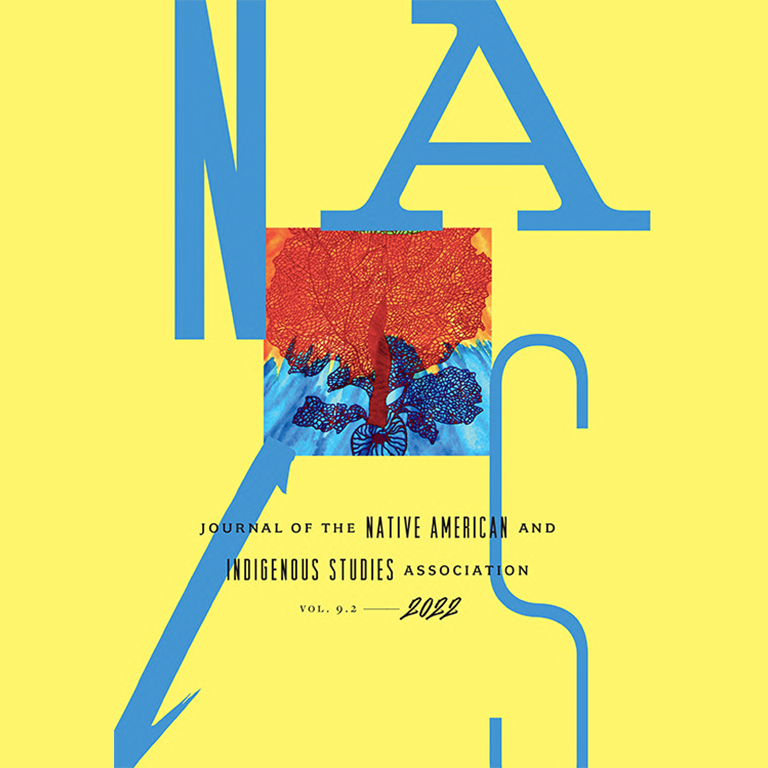
This fall’s issue of the Journal of Native American and Indigenous Studies features an article by Michael Ing titled “Ka Pae Hawaii: Charting Indigenous Community in a Multicentered World.” The article reconceives the Hawaiian community (Lāhui) in light of nearly half of Native Hawaiians living beyond the islands of Hawaiʻi. More specifically, it contrasts two narratives within the Lāhui—the kama‘āina (child of the land) narrative and the Hawai‘inuiākea (broad expansive Hawai‘i) narrative. An analysis of the latter narrative shows that their kūpuna (ancestors) traveled across their known world establishing multiple “Hawai‘is” and that they sought knowledge from beyond the islands of Hawai‘i to enrich the Lāhui—embodying the value of Hawai‘i ‘ima loa (the Hawai‘i who searches far and wide).
 The College of Arts
The College of Arts